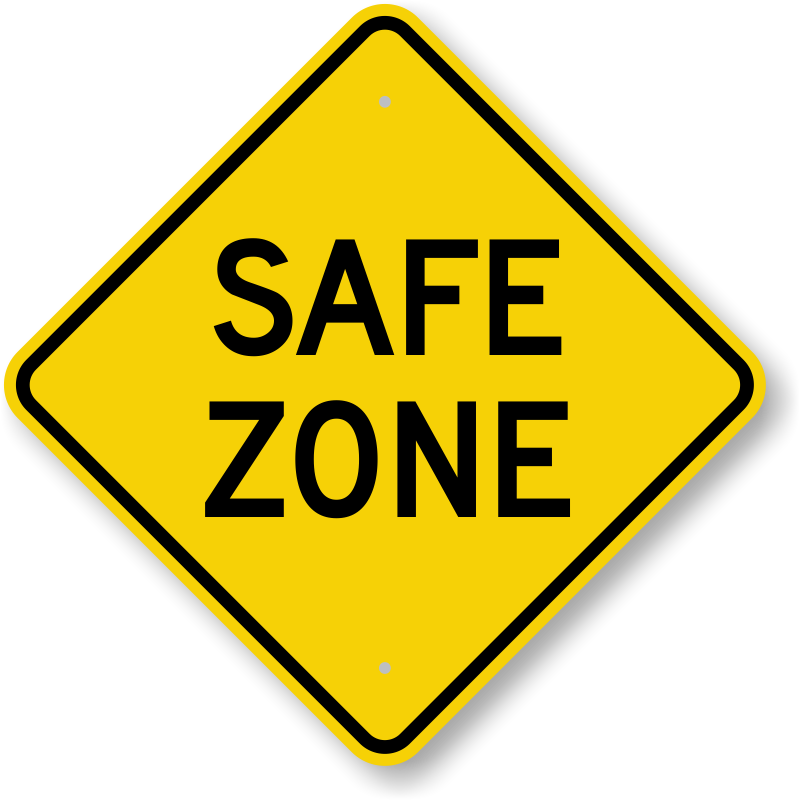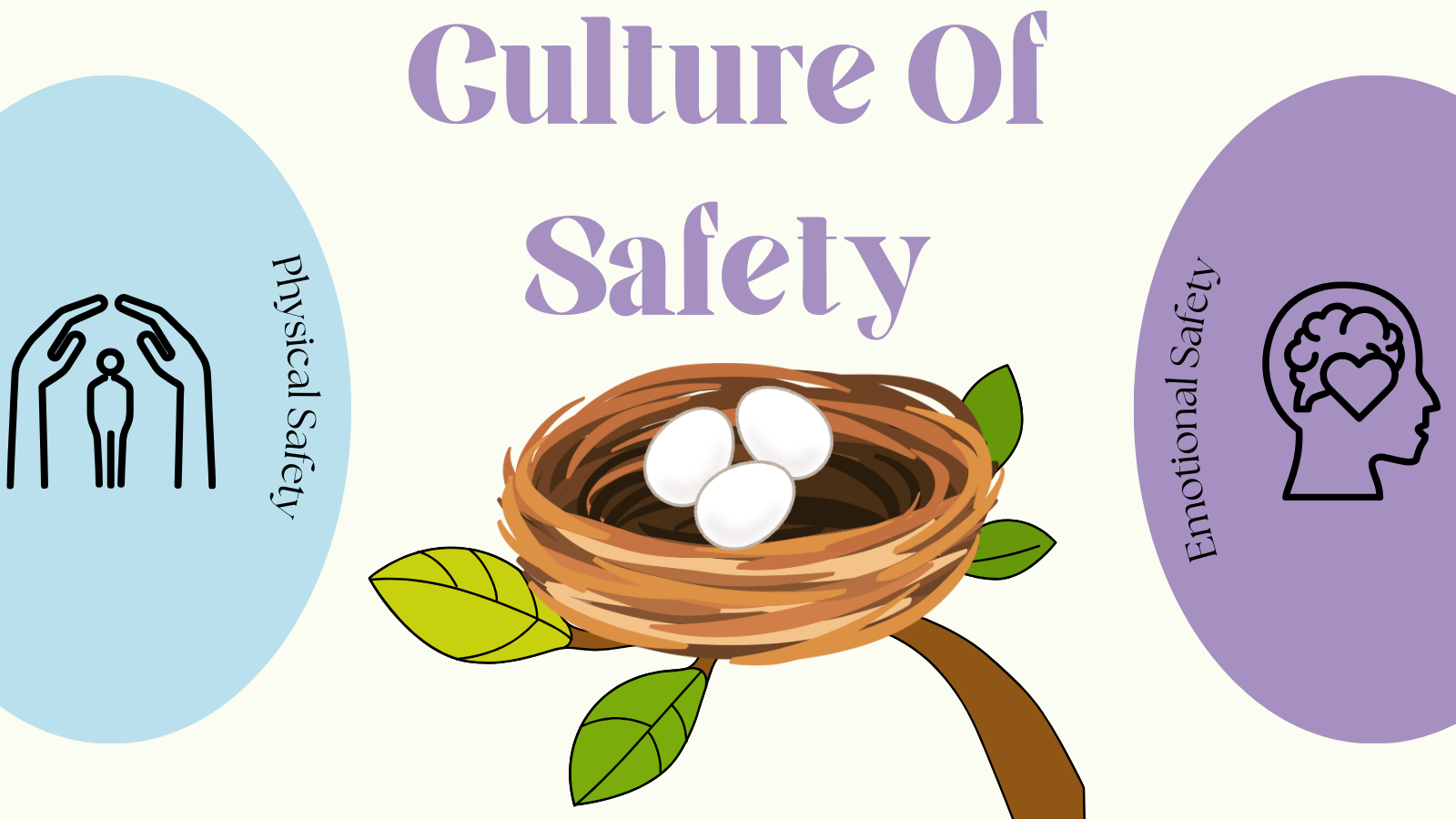by Anna Rowe and Kristin Souers
When building a Culture of Safety – what we refer to as the nest – in our districts, schools and individual settings, safety supersedes everything. For teaching and learning to thrive, students (and staff) must first feel physically and emotionally safe. Our sense of safety directly affects our ability to regulate our bodies and make decisions that are sound and rational. When something feels unfamiliar, dangerous, or unsafe, our amygdala sounds the alarm and we enter “survival mode,” preparing for a flight-fight-freeze response. In this dysregulated state, we’re more at risk for making unhealthy and/or unsafe choices…and learning cannot happen.
In a Culture of Safety, we can reinforce the two critical facets of a Safe environment:
1. Physical safety
Physically safe environments strive to be free of bullying, violence, threats, and harassment. There are many threats to physical safety that are often out of our control: community violence, weather, natural disasters, and community health issues. However, through drills, plans, emergency protocols, security measures, perimeter fences, and an emphasis on caring, equity, inclusion, and social-emotional awareness, we can minimize the threats to our physical safety.
Another aspect of physically safe environments is knowing that everyone in the building is committed to providing a safe place for all. Adults trust one another – and they can safely lean on each other to share the responsibility for ensuring the safety measures are in place. Further, all the adults have consented to the policies and procedures for maintaining safety – and their commitment extends to all nooks and crannies of the school environment.
2. Emotional safety
Emotionally safe environments allow for individuals to feel and express a range of emotions. These settings are built by giving respect, supporting each other, turning mistakes into learning opportunities, and providing an overall security that individuals are valued for what they can contribute to the team. There is an overall feeling of inclusion, cooperation, and kindness. All are welcome here – no matter who you are, how you are, what you’re like – in fact, differences are celebrated and valued.
Emotional safety also assures that adults and students are safe to both be and feel vulnerable with one another. All members of the school community invite each other to ask for help in an atmosphere free of judgment – one that communicates that “we’re a team and we’re all in this together.” Adults work collaboratively to ensure that all students have opportunities to reach their potential and show their “awesomeness.” In turn, students are clear that all the adults are dedicated to helping them thrive in their learning and development.
What if something unsafe occurs?
Things happen, even in the safest nests we build. In a true Culture of Safety, incidents are handled promptly to restore the environment. It is critical that adults and students are aware of the plans and expectations for re-establishing safety, regulation, and relationship. Accountability measures for actions that violate either physical or emotional safety send messages to students, adults, caregivers, and community members about the importance of a safe and healthy environment. Restoring trust, repairing the connections, and focusing on resolution are the primary emphasis, rather than fixating on the wrongdoing.
Anna Rowe supports the development of the nest in her work as a speaker, coach, and consultant for schools and districts nationwide. Learn more here.














